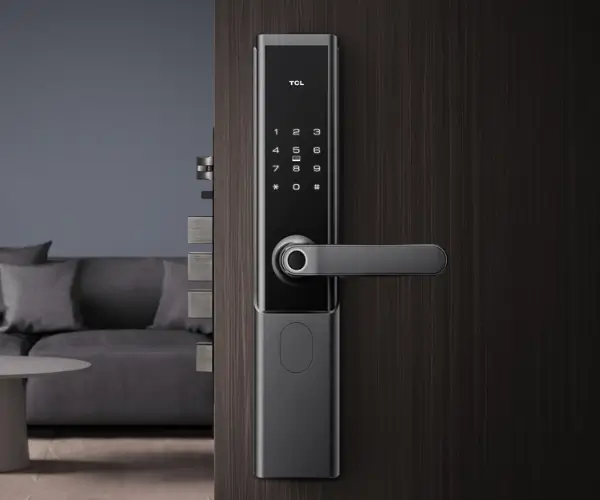Getting a servo motor to dance with your Arduino is more of a knowledge quest than rocket science—telling a motor what to do, like a puppet on a string, has become pretty straightforward when you know how. Think about it: one moment, you’re just wiring things up, and the next, your servo is responding to commands faster than you can say “auto-pilot.” It’s a game of precision and timing, and once you crack that, you’re on your way to engineering your own robotic arm, RC vehicle, or even a quirky art installation.

First thing: connecting the servo motor. It’s pretty simple. Usually, there are three wires—power, ground, and signal. Power plugs into the 5V or 6V pin on Arduino, ground goes there too, and the signal wire connects to a PWM-capable pin—say, 9 or 10. Once that's sorted, you load up the right library. Most folks swear by the Servo.h library—it’s lightweight, reliable, and keeps things from turning into a spaghetti domino effect. After including it, initializing your servo is just a matter of creating an object and calling it by a name you like—“myServo,” for example.
Then comes the crispy part: programming the movement. Instead of going through endless lines, think in terms of degrees—0 to 180. Want it to turn to 90? Just tell it to write that position. How about a more natural, sweeping movement? Loop that command with a delay, and you’ve got a moving sculpture. It’s satisfying to see those tiny servos whir and settle into place, then switch to a different position smoothly, almost like a dance move.
What often trips people up? Power issues—some servos draw enough current to cause random resets if powered off the Arduino. Using an external power source can nail that down, ensuring your servo has enough juice without messing with your Arduino’s stability. Also, setting correct pulse widths helps: standard signals are around 1ms (full left) to 2ms (full right), with 1.5ms being centered. Adjust these values to get that perfect angle for your project.
Curious about potential hurdles? Sometimes, a servo might jitter or not move at all. Check your wiring, yes, but also consider whether your code has enough delay. Servo motors love to take their sweet time—don’t rush a move with too little pause, or it’ll shake like a leaf.
What makes a good project really shine? Good control and understanding of the timing. If you want to make an automated camera slider, tweak the program so the servo moves slowly over several seconds. Do you need a real-time response? Resist the urge to flood it with commands; instead, set it up to listen, then act.
Honestly, programming servo motors isn't just about code—it's about experimentation, gut feeling, and a splash of curiosity. Once you’re comfortable with this simple, yet versatile, component, endless possibilities open up. Imagine building a miniature robotic arm that picks up tiny objects or a greenhouse window openers that respond to weather data.
And knowing the ins and outs? That’s where the real fun begins. Once you get the hang of controlling servo motors, you'll likely ask, “How can I make this smarter? More responsive?” That’s a journey, and every step is exciting. The best part? It’s all about hands-on learning—you see your ideas come alive, one small movement at a time.
Established in 2005, Kpower has been dedicated to a professional compact motion unit manufacturer, headquartered in Dongguan, Guangdong Province, China. Leveraging innovations in modular drive technology, Kpower integrates high-performance motors, precision reducers, and multi-protocol control systems to provide efficient and customized smart drive system solutions. Kpower has delivered professional drive system solutions to over 500 enterprise clients globally with products covering various fields such as Smart Home Systems, Automatic Electronics, Robotics, Precision Agriculture, Drones, and Industrial Automation.




































